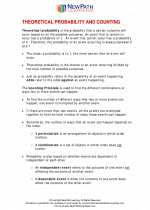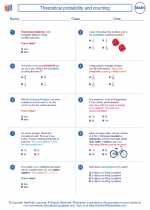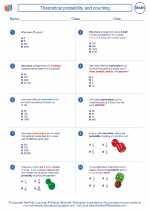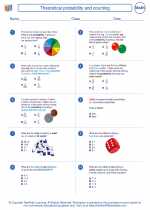Radioactive Decay
Radioactive decay is the process by which an unstable atomic nucleus loses energy by emitting radiation, such as alpha particles, beta particles, and gamma rays. This process results in the transformation of the original atom into a different element.
Types of Radioactive Decay
There are three main types of radioactive decay:
- Alpha Decay: In alpha decay, an alpha particle (which consists of two protons and two neutrons) is emitted from the nucleus of the radioactive atom. This results in a new atom with an atomic number that is decreased by 2 and a mass number that is decreased by 4.
- Beta Decay: Beta decay occurs when a neutron in the nucleus is transformed into a proton and an electron (beta particle) is emitted. This results in a new atom with an atomic number that is increased by 1 and the same mass number.
- Gamma Decay: Gamma decay involves the release of high-energy gamma rays from the nucleus. Unlike alpha and beta decay, gamma decay does not result in a change in the atomic or mass number of the atom.
Half-Life
The half-life of a radioactive substance is the time it takes for half of the original radioactive atoms to decay. It is a characteristic property of each radioactive isotope and can be used to determine the age of a sample or the rate of decay of a radioactive substance.
Applications
Radioactive decay has numerous practical applications, including carbon dating to determine the age of organic materials, medical imaging using radioactive isotopes, and power generation in nuclear reactors.
Study Guide
- What is radioactive decay and how does it occur? Explain the types of radioactive decay.
- What is the half-life of a radioactive substance and how is it used in dating materials?
- Discuss the practical applications of radioactive decay in everyday life.
- Calculate the remaining amount of a radioactive substance after a given number of half-lives.
Understanding the concept of radioactive decay and its applications is essential for various scientific fields and real-world scenarios.
.◂Math Worksheets and Study Guides Eighth Grade. Theoretical probability and counting

 Worksheet/Answer key
Worksheet/Answer key
 Worksheet/Answer key
Worksheet/Answer key
 Worksheet/Answer key
Worksheet/Answer key
